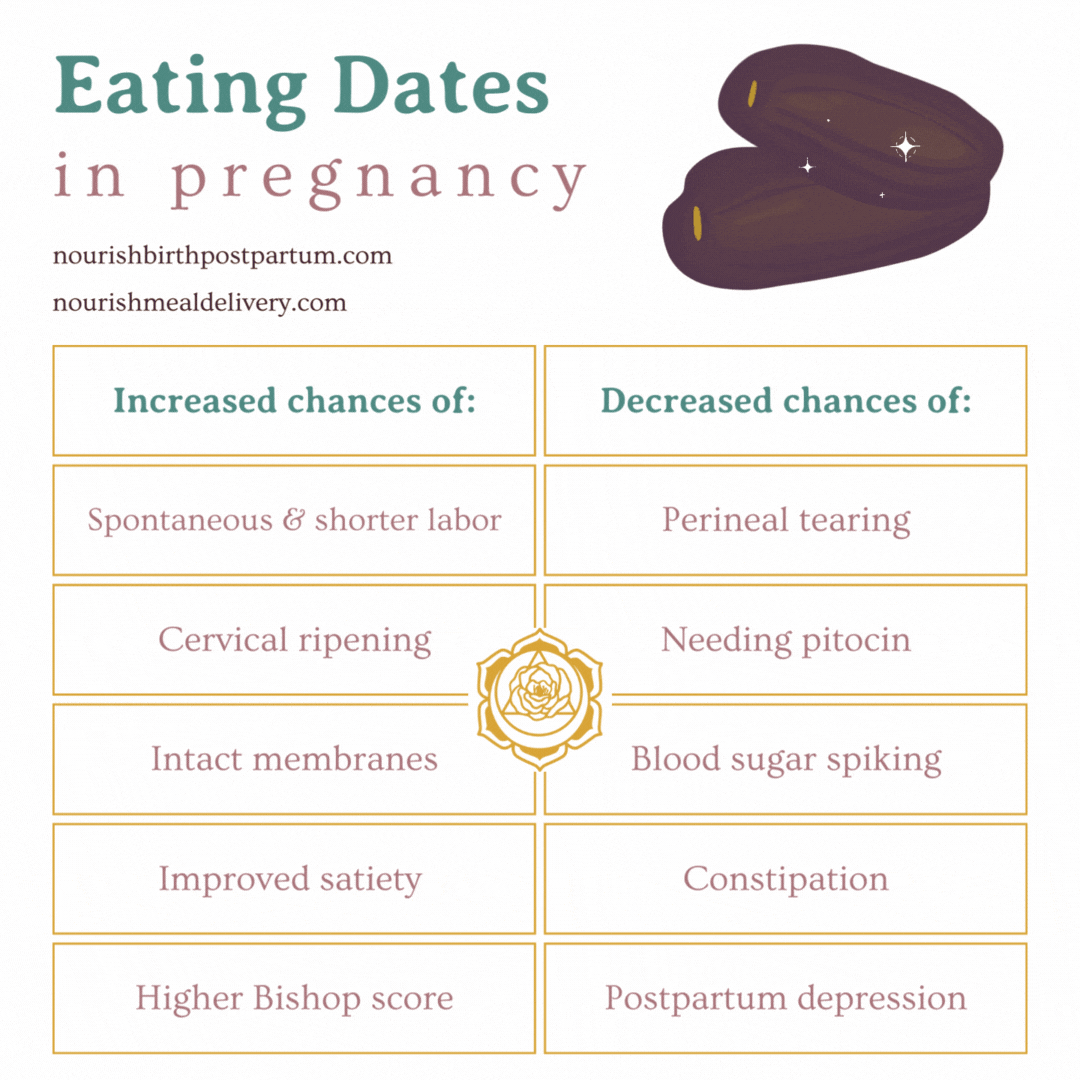
Whether it’s for pain with sex, bladder or bowel leakage, pain in pregnancy, or postpartum dysfunction, it’s so great that pelvic floor physical therapy (PT) is finally getting some attention, because we all deserve effective treatment options for symptoms related to our bowel, bladder and sexual dysfunction. After all, women, or anybody with vaginal anatomy have put up with just accepting these symptoms for way too long. Fortunately, we have pelvic floor therapists to help.
However, when it comes to pelvic floor PT, we know it may feel like there are a lot of unknowns. For example, it’s common to wonder about the “what” and “where” of your pelvic floor muscles. Are your symptoms going to be brushed under the rug or dismissed by another healthcare provider? Do you have to have an internal vaginal examination? Do you really need pelvic floor PT if you just went to see your gyn? For the concerns that come up time and time again, we want to answer these questions for you in advance — so they don’t become another barrier in getting treatment for your symptoms!
1. Checking in with your pelvic floor physical therapist is the ideal complement to your annual gynecological exam — ideally everyone should see a pelvic PT at some point in their life.
Regularly checking in with your gynecologist is so important, in fact it can be life saving especially as it relates to the health of your pelvic organs and breast health. But your pelvic floor is often not the primary focus of these annual visits so it can be just as important to check in with your pelvic physical therapist — after all, your pelvic health also relies on healthy muscle function.
When our pelvic floor muscles aren’t working properly, it is known as pelvic floor muscle dysfunction, and can lead to symptoms such as leakage (stool or urine), pelvic heaviness (pelvic organ prolapse), urinary frequency or urgency, constipation, low back or pelvic pain, and pain with intercourse or sexual dysfunction.
Pelvic floor muscle dysfunction is common and whether symptoms pop up before pregnancy, during pregnancy, in the postpartum period, or menopause, these symptoms can dramatically impact the quality of your life, and your ability to function within it day in and out. It shouldn’t be something you skip – especially if you’re having symptoms – whether they include pain or not. At Origin, believe in the power of optimal pelvic health, and know that pelvic physical therapy is key to achieving this.
2. We don’t care what your vulva looks like, if you’re on your period or if you forgot to shave!
We get the question often, so we know that what your vagina looks like or whether you’re bald, hairy or on your period might be top of mind for you when considering pelvic floor PT. It may even be enough to keep you from reaching out – don’t let it! If your symptoms are coming from your pelvic area, there is a good chance that your PT will need to get more info — including a history of your symptoms, whether it’s causing bladder or incontinence issuesyou’re experiencing pain or any discomfort, and possibly an assessment of the tissue health and muscle function in your pelvic area.
However, our concern and our assessment revolve around your symptoms. We may examine the tissues of your vulva for areas of irritation, injury or scar tissue, or assess the function of your muscles through your vaginal walls, but the size or length of your labias and public hair are not what we are concerned about! Our only concern is improving your pelvic floor muscle function, and minimizing your symptoms. And as a side note, all vulvas are unique and all the different variations of normal are wonderful!
3. We learn about pelvic health by learning on each other — vaginal and anal exams can be a part of the process
After chatting through all of your symptoms and health history, your concerns, questions and goals, our goal is for you to feel a lot more understood and hopeful. If together we decide that a pelvic floor muscle examination is necessary to further explore what could be contributing to your symptoms, we can do this by manually examining the muscles, which are positioned at the bottom of the pelvis, either through the vagina, or the anus.
You may feel uneasy going into this exam, and we understand. In fact, pelvic physical therapy is a specialized field of physical therapy, which requires extensive training on the anatomy, physiology, pathophysiology, examination and treatment of the pelvic floor muscles, bowel, bladder and sexual function. Part of this training requires us to practice examination and treatment on, and be practiced on by, other pelvic health physical therapy students. We understand the intimate and uneasy nature that the idea of exam and treatment can sometimes bring, which is why we will never proceed unless you fully understand, feel fully comfortable with, and fully consent to the exam or treatment.
4. But… not everyone needs an internal pelvic exam.
But with all of that said, an internal examination is not always necessary. If after getting to know what is going on it seems like your pelvic floor muscles may be a part of the picture, further examination will be warranted. But your physical therapist examining your muscles directly through your vagina is not the only way that we are able to assess what is going on with your pelvic floor.
There are other indirect options, and you and your physical therapist will discuss the options that are best (and most comfortable!) for you. These may include teaching you how to do a self internal pelvic floor muscle screen before the next time we see you, it may include placing external biofeedback sensors to get an idea of what your muscles or bladder are doing, or it may even include an assessment of the function of the other abdominal and pelvic muscles such as your deep abdominals or your glutes. Whatever you decide, we are confident that pelvic physical therapy can be the answer to your pelvic floor muscle dysfunction, and we can get you back on the road to recovery soon.
5. We genuinely care about working with you to help improve your bowel, bladder and sexual dysfunction
There is a huge disparity when it comes to the healthcare for women and those with vaginal anatomy, and we are not comfortable with this disparity. We won’t dismiss or normalize your pelvic symptoms as is common in healthcare, because we know that if there is not a medical reason to explain your symptoms, there is often pelvic floor muscle dysfunction that is contributing.
Using safe and effective, evidence-based physical therapy treatment techniques pelvic physical therapy can really make a difference in the lives of those with pelvic floor muscle dysfunction — and there is a proven benefit. Pelvic floor physical therapy can be life-saving, and know that if you reach out for help, you will find yourself wanting to help spread the word!
Ashley Rawlins
PT, DPT, Physical Therapist at Origin
At Nourish: Birth + Postpartum, all birth doula clients and postpartum doula clients receive referrals to providers such as pelvic floor therapy physical therapists. We want you to receive a comprehensive plan during pregnancy and postpartum to maximize and successfully achieve your long-term goals for comfort, physical wellness, and emotional health! You can view our doula packages to sign up for birth doula or postpartum doula services.



